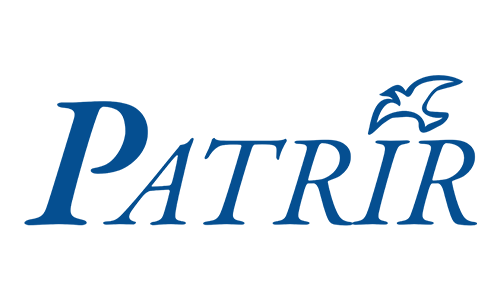Designing for Impact: Improving the Quality, Impact and Effectiveness of Peacebuilding & Development
Designing for Impact: Improving the Quality, Impact and Effectiveness of Peacebuilding & Development
Programming is an intensive training programme designed for agencies, organisations and practitioners working in conflict, crisis and post-war stabilisation and recovery who wish to improve the quality, effectiveness and sustainable impact of their programmes – including crisis management and prevention, peacebuilding, social, economic and political stabilisation, reconciliation in divided communities, and postwar recovery, rehabilitation and development. Drawing on more than 30 years of experience in over 40 countries, Designing for Impact: Improving the Quality, Impact and Effectiveness of Peacebuilding & Development Programming represents the most advanced training programme of its kind for policymakers, practitioners, governments and donors internationally. There is a gap between the scale of people’s efforts and investment, the huge number of programmes, activities and organisations in the field, and the impact this is all having on peacebuilding and sustainable post-war recovery and stabilisation. This programme has been designed to close that gap. It is practical and operational, designed for policy makers, donors and practitioners, and those dealing with the daily challenges of peacebuilding, development and recovery in areas affected by war and violence. Unlike almost every programme in the field today, it draws from across the entire breadth of operational experience, lessons learned and practical methodologies – doing so in a way that has been designed to enable agencies and organisations to go in-depth into their work and how they are doing it, coming out with better designs, better approaches, and with real effects.
Training location: Cluj-Napoca
Your Benefits: What you get from this course
• Draw upon best practices and lessons learned in
peacebuilding, development and post-war recovery programme development and implementation to improve planning and implementation.
• Work through all stages of programme development, design,
implementation, monitoring, evaluation and follow-through using own cases and programmes
• Develop effective, customized processes relevant for your organisations’ missions and the needs and contexts in which you are working
• Improve applied conflict and situation analysis and conflict intelligence to support better design of peacebuilding, development and post-war recovery programmes which can operate effectively and contribute to transforming root causes and impacts
• Develop improved skills for designing relevant and
appropriate programme and engagement strategies and activities, including crisis management and prevention, peacebuilding, socioeconomic and political stabilization,
reconciliation in divided communities, and post-war recovery,
rehabilitation and development.
• Address key issues including: sustainability, ownership,
challenges and collapse of peace and recovery processes, impact
and effectiveness, gender, human rights stabilization and
security, multi-track engagement
• Support local capacity development and strengthening
community and national ownership
• Design peacebuilding and conflict transformation
intervention for specific communities and sectors: including
conflict party leadership, national and cultural groups, youth,
women, media, & business
• Develop tools to assist your organization for short, medium
and long-term engagements.
Participants: Who is it for?
Programme managers and coordinators working in crisis management and prevention, peacebuilding, social, economic and political stabilisation, reconciliation in divided communities, and post-war recovery, rehabilitation and development. Also policy makers, UN staff, governments engaging in these issues.
Lugar
| Temas | |
| Idiomas | English |
| Evaluación | based on participation |
| Destinatarios | |
| Métodos | |
| Acreditación | |
| Certificado |
Si tiene alguna pregunta sobre este curso, póngase en contacto con nosotros.
Para enviar el mensaje haga clic aquí. Contacto

